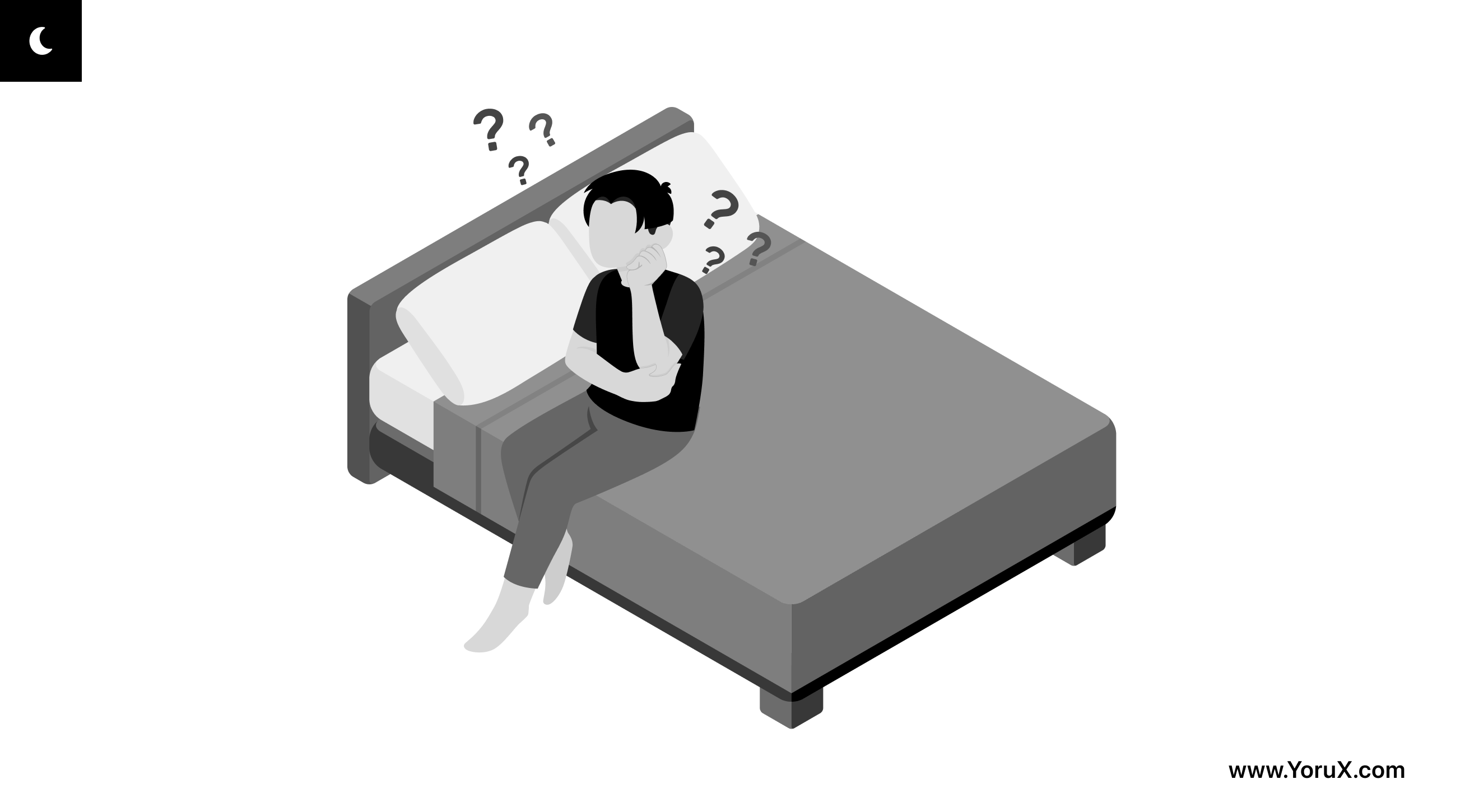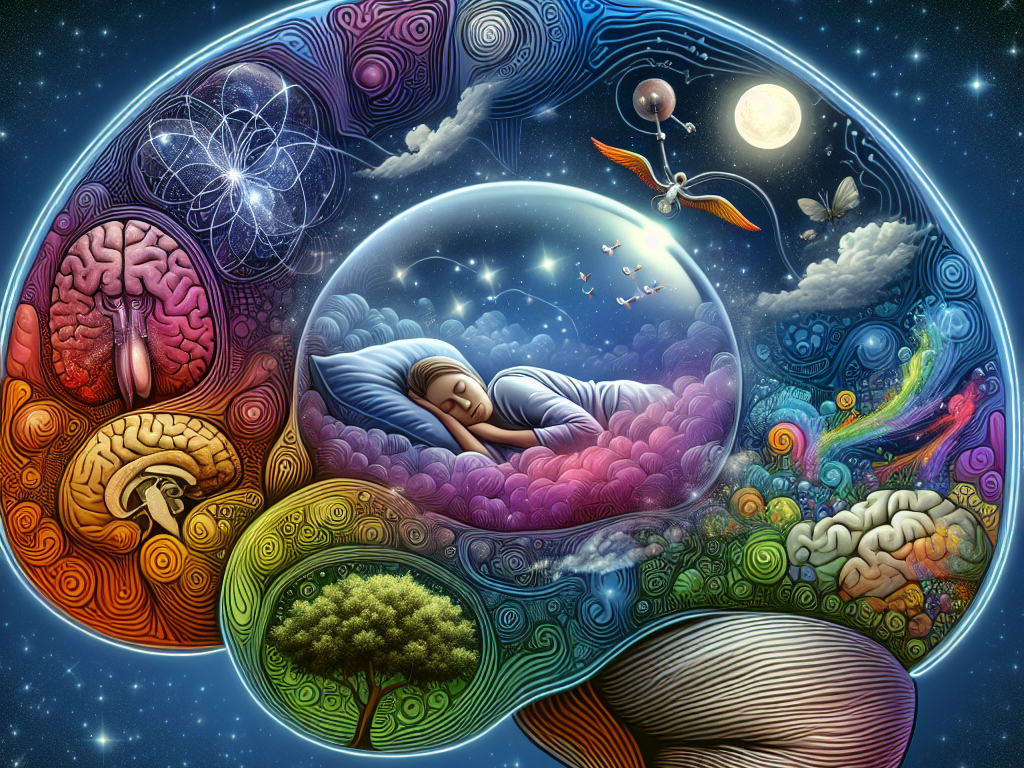
Picture this scenario:
You’re having a fantastic dreaming experience. The visuals are fascinating, the events – mind-blowingly awesome. As you get more and more excited about everything happening around you, you suddenly wake up but still find yourself thrilled by the sensations that just a moment ago were your only reality.
“What a dream!” you think to yourself as you rush to talk about it to your friends or family members. The wacky details you recall now make it obvious that you were dreaming, and you’re slightly upset that you didn’t take advantage of the experience to turn it into a lucid dream.
However, the scenery around you is still a bit off. There’s an idea lingering at the back of your mind that this could also be a dream, but you quickly brush it off – after all, you just woke up. To your surprise, as the reality around you becomes increasingly more bizarre, you wake up once again – but this time for real.
If the story sounds familiar, you may have experienced something called a “false awakening.” In fact, there’s very little reason to think that you haven’t – most of us have had this dreaming scenario at least once in our lives.
The concept of dreams within dreams was known for as long as dreams themselves. At the dawn of the 20th century, the psychoanalyst S. Freud had a go at deconstructing these bizarre occurrences. He thought that placing a particular aspect of reality in a dream within a dream was an attempt of the mind to rob it of its significance and obliterate it. It was undoubtedly fueled by Freud’s ideas of dreams being the catalyst of suppressed emotions, desires, and sexual fantasies. If the dream is regarded as the repressed part of the human mind, it’s only logical to assume that the dream within a dream is something that the unconsciousness has even less desire to uncover and acknowledge.
Nowadays, Freud’s ideas about repressed desires manifesting themselves in the dream world are frequently frowned upon. On the other hand, the scientific perspective of dreams having no meaning behind them at all is also an extreme position.
Lucid dreamers, in particular, will hardly disagree with the notion that their conscious dream voyages are meaningless.
What about dreams within dreams? Psychologists suggest that these occurrences may be closely related to lucid dreams. During a false awakening, the mind becomes much more conscious of its surroundings, similar to what’s happening during a lucid dream.
That is exactly why you should always be aware and ready to question the reality around you.
In addition to practicing reality checks every day as frequently as possible, you should also get into a habit of performing a reality check every time you wake up from a dream. After all, if you’re trying to have as many lucid dreams as possible, there’s a higher chance that you’ll experience dreams within dreams on a much more frequent basis. Reality checks will allow you to distinguish between fantasy and reality and take advantage of the situation at hand.
You have nothing to lose and everything to gain. Good luck, (lucid) dreamer!


.png)

